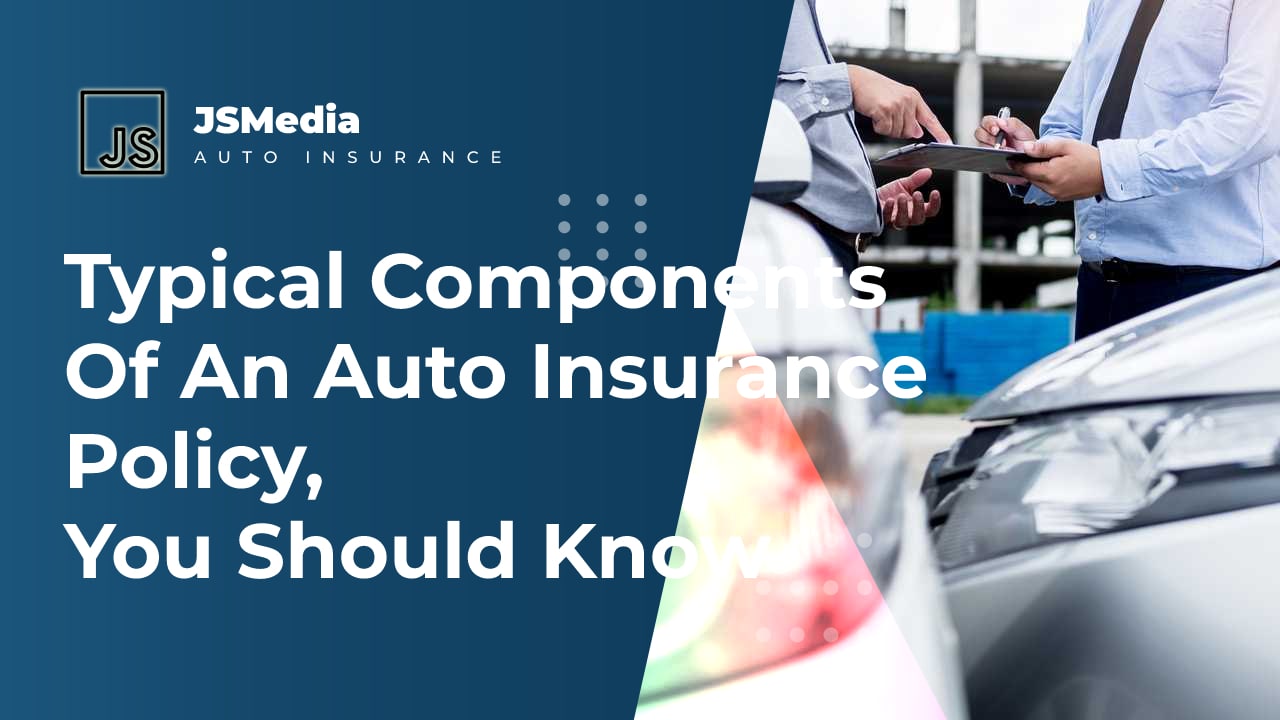JSMedia – There are several components of an auto insurance policy that can protect you and your vehicle. By understanding them, you can get the best coverage for your needs. Your local agent can also answer your questions about the various types of coverage and help you choose the best plan for your needs. After you have read through the different parts of the policy, you can determine which type of coverage is right for you. This article will help you find the most appropriate plan for your needs and budget.
Liability insurance pays for the other driver’s expenses in case of an automobile accident. It is mandatory in all states and is a necessary part of a car insurance policy. Comprehensive and uninsured motorist coverages are optional, but are a good idea if you’re concerned about the cost of a costly collision. To get the best possible coverage, contact an agent and ask for a complete list of your options.
Property damage liability coverage pays for damages to other people’s cars. This is usually the third number on a policy and is often shown as the third number. The 20/50/10 policy, for example, pays up to $20,000 for injuries sustained by a single person and $50,000 for the injuries of all passengers in the other vehicle. The 10/10 option is designed to cover any damages to the other vehicle.
Typical Components Of An Auto Insurance Policy

A general insuring agreement describes the coverage that your insurance policy covers. In addition to the coverage, your insurance provider will detail the conditions that apply when you make a claim. It will also explain how you can cancel your policy and if you’ll have to pay out of pocket for the coverage. A policy must be detailed enough to fully describe all the terms and conditions before it can be issued. If you’re unclear about the terms of the policy, you should ask the insurance provider about them.
The general insuring agreement will outline what the policy covers. If there are other parties in the accident, you must pay for their damages. You may not need to buy a separate policy for this. If you are not covered by liability insurance, you should get a different type of coverage for your vehicle. You’ll need more comprehensive coverage than the minimum requirements of your state. If you have to pay out of pocket for a claim, you need to pay the rest out of your pocket.
The first and most important component is collision coverage. This is what pays for any damage that you cause to another person’s property. It usually covers other cars in an accident, but it also covers damages caused by vandalism and natural disasters. If your car is financed, you must have collision insurance. Typically, these are the three most common components of an auto insurance policy. Besides these, there are some other types of coverage.
The next section of the policy is collision coverage. This covers other people’s property when you have an accident. You’ll also have to pay a deductible for this type of coverage. Some states require this for drivers in order to cover their medical expenses in the event of an accident. The third component of an auto insurance policy is the liability coverage. It covers the other party’s expenses if they are involved in a crash.
Comprehensive coverage pays for intentional damage caused to your car. It covers repairs and replacement costs in the event of an accident. For this type of coverage, the state you live in is the determining factor. Depending on your situation, you should check out all discounts and benefits available to you. For example, some companies offer higher discounts if you have a clean driving record. Other discounts include membership in professional organizations and other things.
The deductible is the cheapest component of an auto insurance policy. It is important to get a quote for your coverage that is based on your needs and budget. Often, a higher deductible means that you’ll pay more for your insurance. Then, you’ll have to pay the excess of your coverage, which will vary depending on the limits of the policy. The amount of your deductible can be as high as ten percent.

